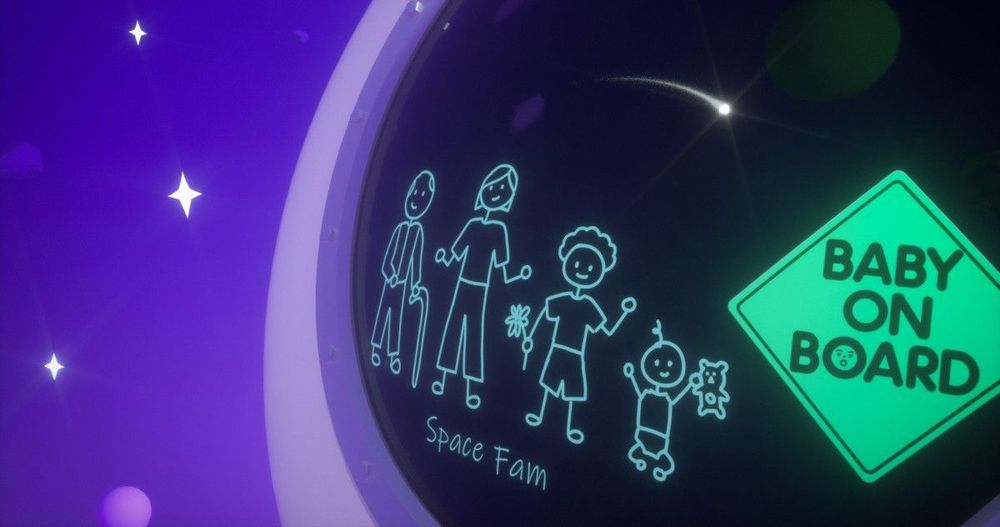VR and Interstellar Travel
Crew members in route to a distant planet may best be accommodated by full immersion VR. The actual spaceship could be reduced to a relatively simple, small, well-shielded vehicle. Inside the crew’s biological material could be supported by a simplified nutrition, waste and maintenance system. Their minds could inhabit a fully immersive VR environment that would provide them with all the luxuries of vast, diverse spaces and experiences — complete with simulated gravity, simulated pleasant nature-like and artificial environments, and simulated meals.
They could also engage in simulating the type of society they intend to build once they arrive in their new physical environment, using similar constraints to the ones they will encounter. This could allow many years for actual human experiences to test and refine what they will build and how they will interact in their new home.
Advances in maintaining biological material may even allow a single generation to survive the entire journey. They may adopt their own conventions for simulating death and birth for reasons related to simulating their new home or for maintaining psychological well-being over many centuries. Simulated death and reincarnation may allow a single crew to experience many childhoods and parenting situations without the need for actual procreation.
Another concern that this addresses is the need for massive funding for research and development as well as resource provisioning when building conventional spacecraft intended to deliver things like artificial gravity, agriculture and pleasant living spaces for large multigenerational populations — all while shielding them from radiation. Funding the development of fully immersive VR seems like a relatively easier to fund activity that has immediate uses here on earth and elsewhere. The types of ships that would be sufficient for sustaining and shielding humans living mostly in immersive VR would be so simplified that most of the fundamental research that would be specific to designing such crafts may have already occurred.
After 200,000 years or so of human existence, climate change threatens to make swathes of our planet unlivable by the end of the century. If we do manage to adapt, on a long enough timeline the Earth will become uninhabitable for other reasons: chance events like a comet strike or supervolcano eruption, or ultimately — if we make it that long — the expansion of the sun into a red giant in around five billion years, engulfing the planet completely or at a minimum scorching away all forms of life. Planning for potential escape routes from Earth is, if not exactly pressing, then at least a necessary response to a plausible threat.
The most obvious destination is our nearest neighbor, Mars. We’ve already sent multiple probes there, and NASA is planning another moon landing in 2024 with the eventual plan of using it as a waypoint on a mission to Mars. Elon Musk’s Space X claims to be aiming for a crewed trip to Mars in the same year. But Mars is a desert planet, cold and barren, with no atmosphere save for a thin blanket of CO2. Sure, we could survive there, in protective suits and hermetically sealed structures, but it’s not a great place to truly live.
Some scientists have another favorite relocation candidate: Proxima b, a planet that orbits a star called Proxima Centauri, some 4.24 light years distant from our sun. Located in the triple-star Alpha Centauri solar system, Proxima b has a mass 1.3 times that of Earth and a temperature range that allows for liquid water on the surface, raising the possibility that it could support life.
